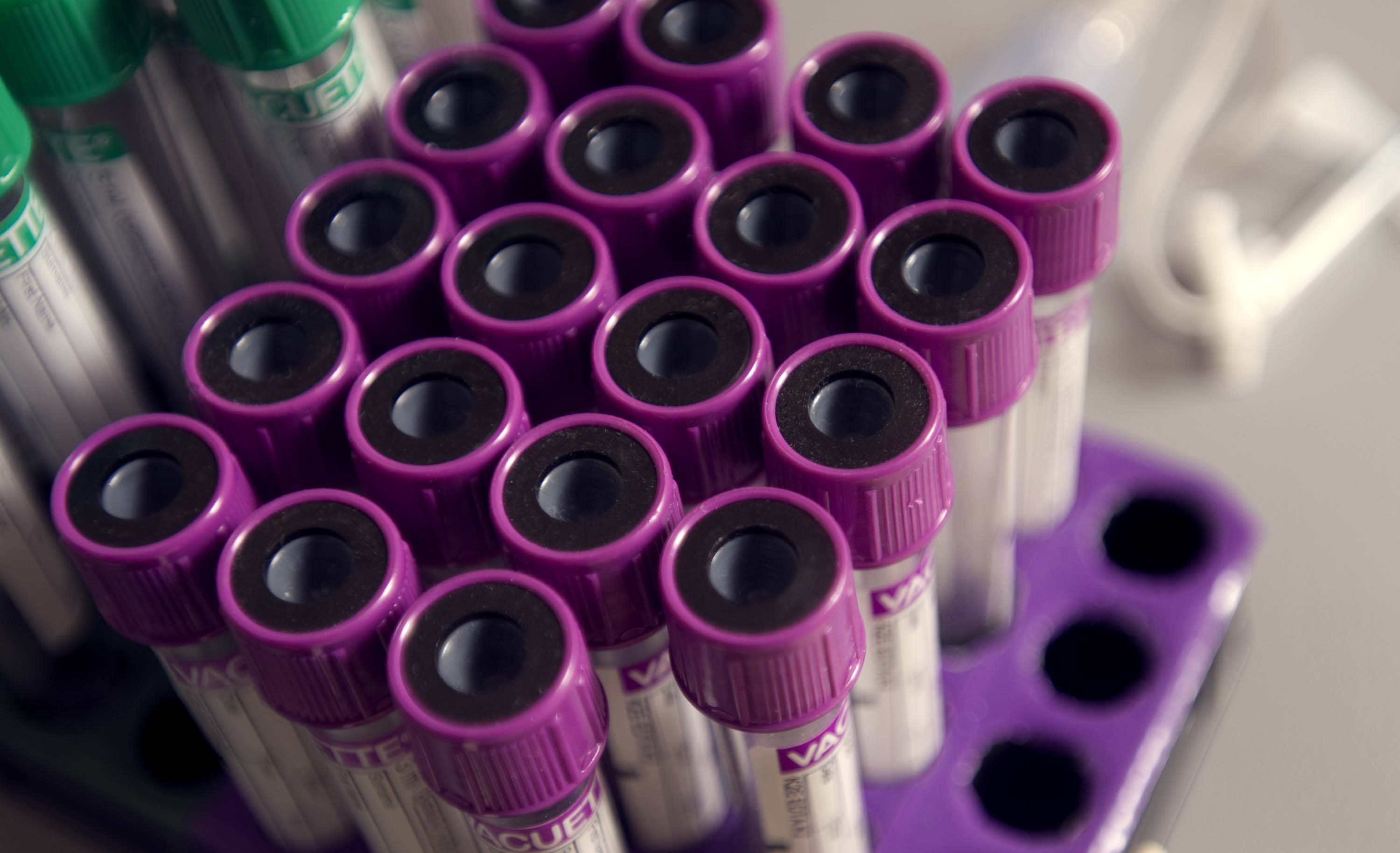Nephew Gives His Uncle a Portion of His Liver
Celebrating the Gift of "Living Donor Liver" Transplants
The liver is the largest gland in the body and performs an astonishingly large number of tasks that impact all body systems. So when 59-year-old Joseph Steffanic, a Bastrop resident, started feeling extremely fatigued and experienced constant pain, he knew something was terribly wrong. He decided to see a doctor who diagnosed him with Primary Sclerosing Cholangitis (PSC), a disease primarily of the bile ducts, both inside and outside the liver. That was in 2005. Since then, he was placed on the waiting list for a liver transplant.
On August 13, 2009, Joseph underwent a “Living Donor Liver” transplant. He received a left Hepatectomy (a portion of the liver, left lobe) from his 26-year-old nephew James Steffanic, at University Transplant Center, University Hospital, the only center in South Texas that is actively performing this procedure. Thanks to the miracle of “Living Donor Liver” transplants, Joseph is healing and getting stronger every day. He says he might have died on the waiting list, but because of the advanced type of transplant performed by surgeons with the University Transplant Center, a partnership of the UT Health Science Center at San Antonio and University Health System, he looks forward to celebrating his 60th birthday on October 15.
Joseph said, “What my nephew did is a beautiful thing. I’m very proud of him for stepping up to help save my life. I feel like everything is going to be okay.” Joseph said he’s thankful for the “Living Donor Liver” transplant program at University Transplant Center, University Hospital. “If it wasn’t for this procedure, I wouldn’t be here today. It’s amazing!”
Joseph’s surgical procedure is the first living donor liver transplant performed by the University Transplant Center in two years because the transplant team is exceedingly selective when matching donors to recipients.
The doctors evaluate all potential donors very carefully to ensure the healthy person is not put at unacceptable risk by donating a lobe of the liver. “It is a highly complex decision that only a liver transplant center with experience doing more than 1,000 transplants over a 15-year period is suited to make,” said Glenn A. Halff, M.D., director of the University Transplant Center and interim dean of the School of Medicine.
He established the liver transplant program, for years among the best in the country, in the early 1990s. The liver is an amazing organ that regenerates. After six months, it will be 80 percent regenerated in both the recipient and the donor, said Dr. Halff, one of the operating surgeons on the case. The portion of the liver transplanted in this surgery, the left lobe, represented about 35 percent of the donor’s liver, leaving 65 percent for his immediate needs.
In a healthy person who donates a lobe for transplant, the risk of dying is less than 1 percent, Kenneth Washburn, M.D., Transplant Center surgeon and professor of surgery, said. Many routine surgeries, such as hernia repairs, carry similar risk. Donors do not need to be blood relatives of recipients to participate in a living donor liver transplant.
“A lobe from a living donor may be the best opportunity at a new life for some patients on the liver transplant waiting list,” Dr. Halff said. “This donor had a large left lobe, so it worked out well for both the recipient and the donor. The donor and recipient also are about the same size, which was a favorable factor.”
Living donor liver transplants represent an alternative to cadaveric liver transplants, in which the liver comes from a newly deceased donor. Historically, not enough cadaver livers are available for transplant compared to the number of people on the liver transplant waiting list. Sicker candidates receive priority for cadaver liver transplants over patients in the middle of the list, but the middle group is not without risk of dying while waiting.
“Living donation is an important option to evaluate for many patients, and those in the middle segment of the waiting list have good results with these transplants,” Dr. Washburn said. “It is clear that the donor’s safety must be considered. We want patients to be referred here and then we can make the decision.” Liver transplantation is a well-established treatment option for hepatitis B and C, liver cancers, sclerosis of the liver and 50 other liver diseases.
For more information, visit www.UniversityTransplantCenter.com.


